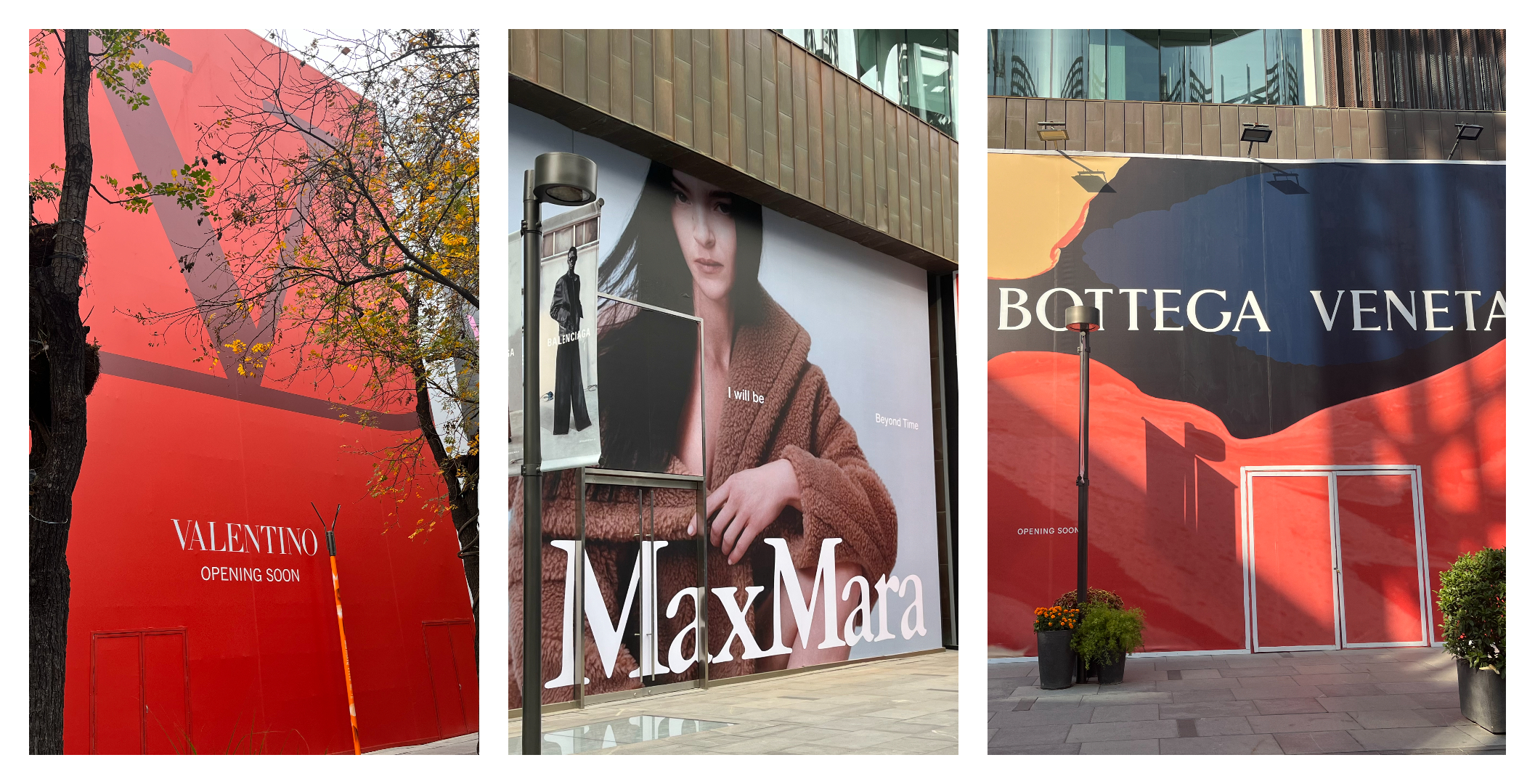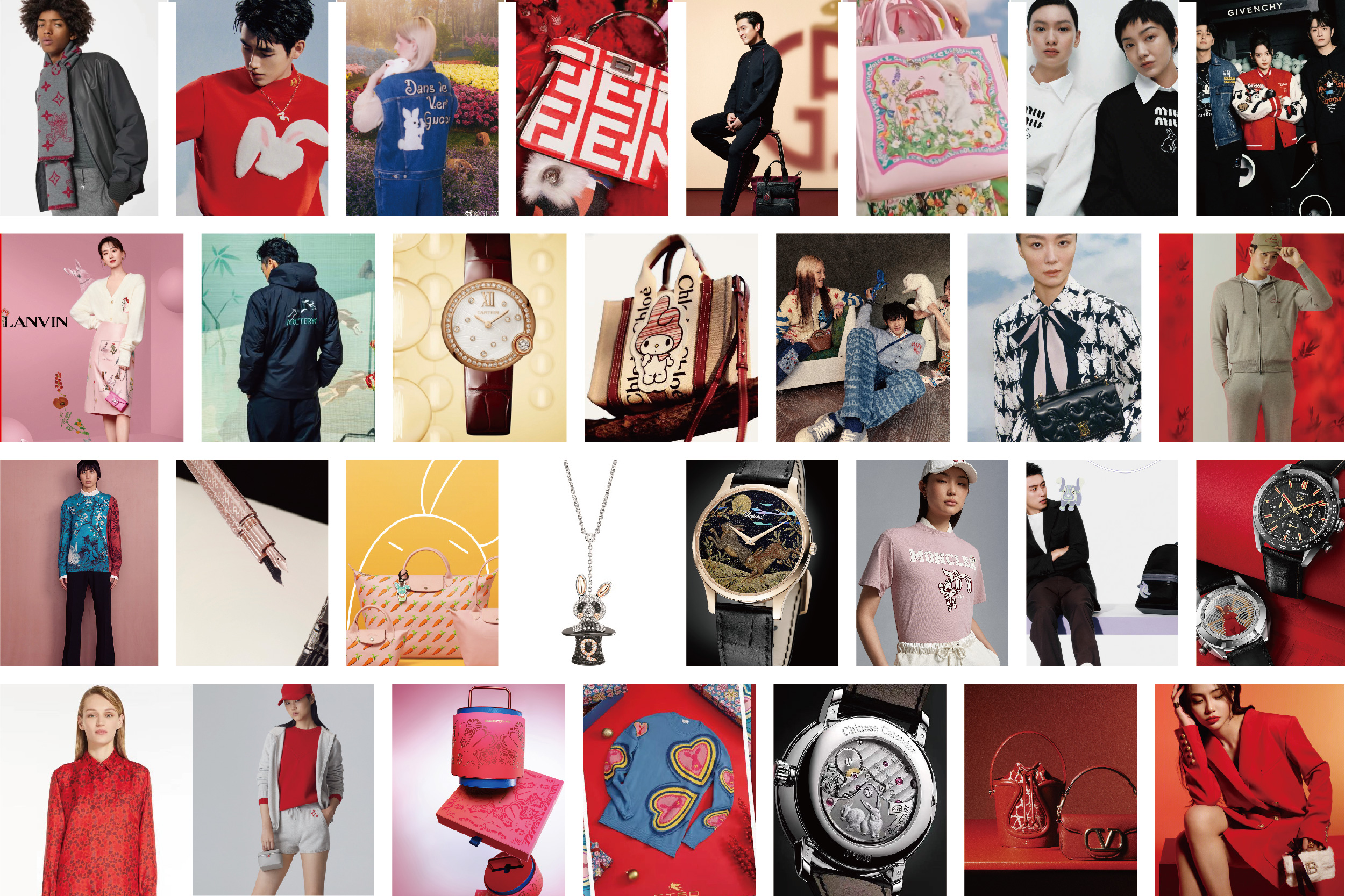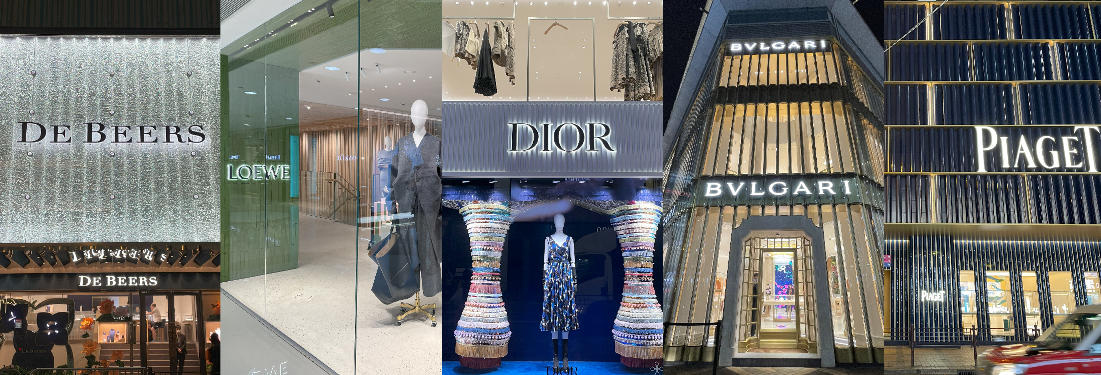Recently, top luxury brands that had earlier established a presence in the China market have somewhat slowed down their store-opening pace, focusing more on renovating and upgrading their existing stores.
However, Luxeplace.com has observed that many luxury brands are still opening their “first stores” in mainland China. According to data from Tong.Luxe.CO, Luxeplace.com’s first global real-time fashion business platform, a total of 65 luxury brands have opened 89 different types of “first stores” across various regions in mainland China from January to December 2023. These stores span seven sectors, including fashion, handbags, footwear, home goods, jewelry, watches, and liquor.
These “first stores” include global first stores, Asia first stores, China first stores, regional first stores, provincial first stores, and city first stores.
The emergence of “first stores” stems partly from luxury brands exploring the vast mainland market. Many brands have maturely developed in the Chinese market and are now trying to expand into new cities to establish direct connections with local consumers.
On the other hand, it reflects the brands’ rethinking and upgrading of store functions. They hope to move beyond single sales functions and expand into broader lifestyle areas. They also want consumers to experience different dimensions of the brand universe within the stores, thereby creating deeper emotional connections.
Which cities and commercial entities were the preferred choices for opening “first stores” in the past year? How did luxury brands plan the levels of their “first stores”? What are the notable features of these newly opened “first stores”? This article from Luxeplace.com will delve into these questions with exclusive data from Tong.Luxe.CO and key case studies.
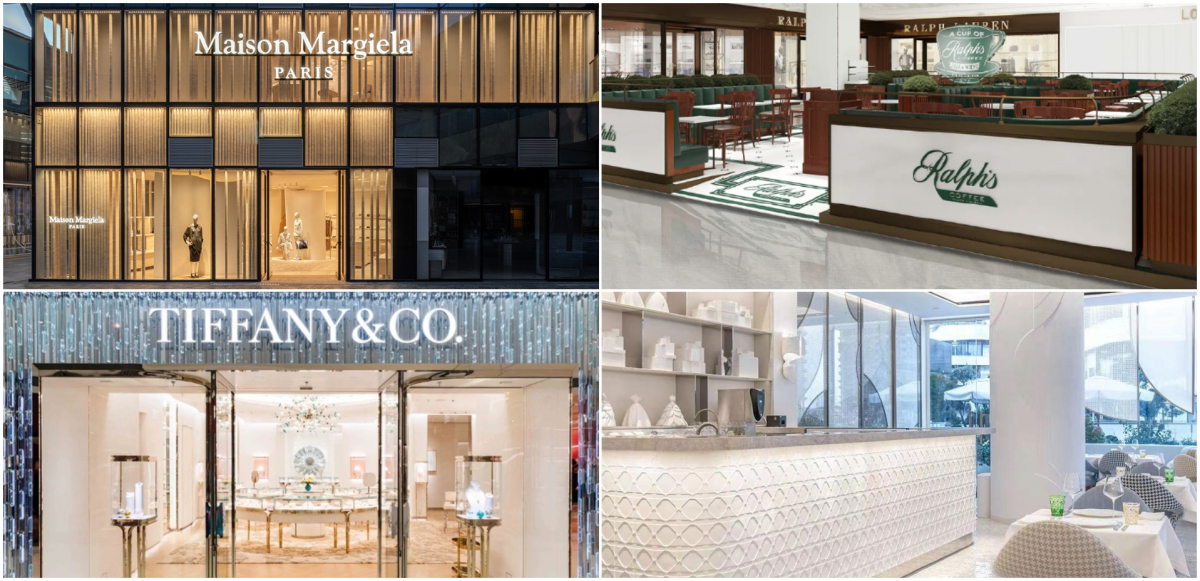
Which Luxury Brands Opened “First Stores”?
In the past year, Van Cleef & Arpels opened the most “first stores” among the 65 luxury brands, with a total of 4, all of which were provincial first stores.
Blancpain, Chloé, Christian Louboutin, Dior, and Maison Margiela each opened three different types of “first stores.” Christian Louboutin launched the world’s first store with a Loubi Family themed space, showcasing the brand’s children’s shoes and pet accessories. Dior opened its first café in China, CAFÉ DIOR.

Where Were Luxury Brand First Stores Primarily Located?
The top three cities for luxury brand “first stores” (including global first stores, Asia first stores, China first stores, regional first stores, provincial first stores, and city first stores) in the past year were Shenzhen (15), Lanzhou (11), and Zhengzhou (8).
In these cities, Shenzhen, as a first-tier city, has a strong economic foundation and a large young consumer base. With its fashion business ecosystem gradually maturing, its fashion and luxury goods market potential is being increasingly unleashed.
Lanzhou, located in the northwest, benefited from the opening of its first high-end commercial entity, Lanzhou MixC, which attracted many luxury brands.
Zhengzhou, known as the “third city” in Central China, is a key battleground for luxury brands in non-first-tier cities. As the first high-end commercial entity in Henan Province, Zhengzhou David Plaza is continuously evolving and upgrading.
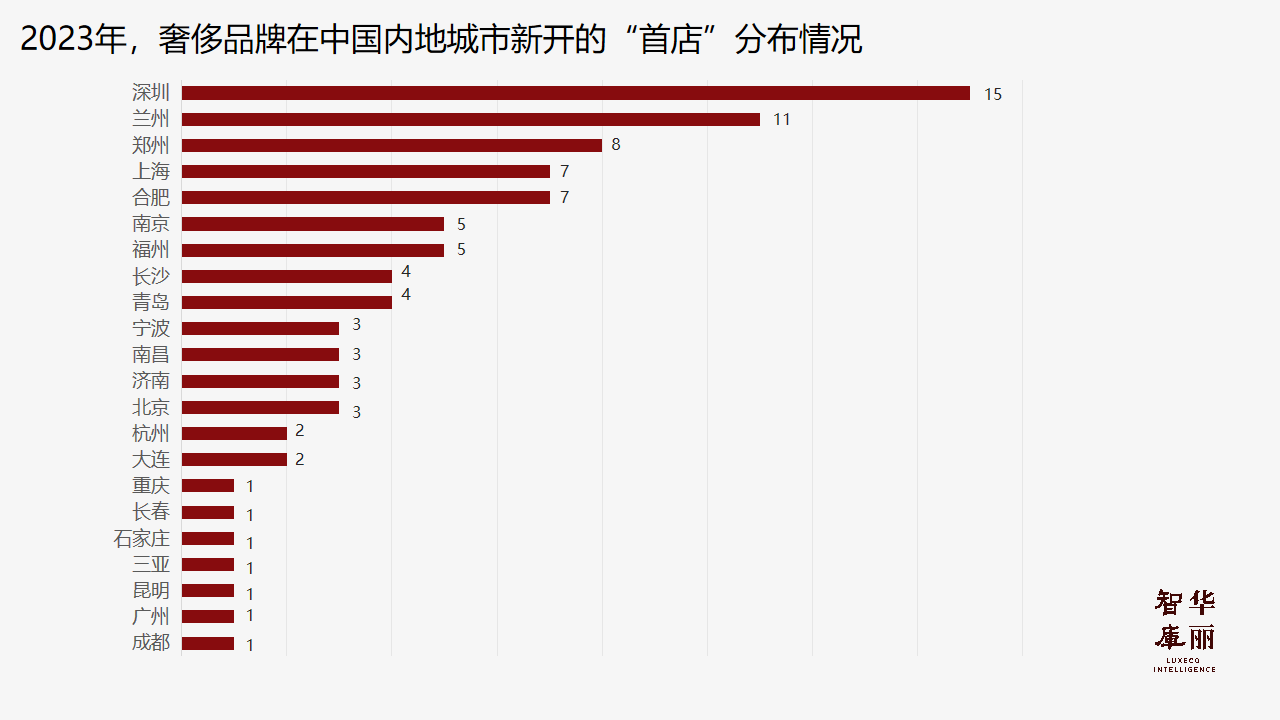
In terms of store locations, the top commercial entities in each city remain the main consideration for luxury brands to open various levels of “first stores.”
Lanzhou MixC (11 stores), Shenzhen Luohu MixC (10 stores), and Zhengzhou David Plaza (8 stores) attracted the most luxury brand “first stores.”
Lanzhou MixC, which opened in April this year, is the first high-end commercial entity in the northwest, serving Gansu, Qinghai, and Ningxia. Eleven luxury brands opened their “first stores” here, including Blancpain, Cartier, Emporio Armani, Zegna, Omega, Panerai, Qeelin, Tod’s, Versace, IWC, and Glashütte Original.
Ten luxury brands opened their “first stores” in Shenzhen Luohu MixC, including Canali, La Perla, Mulberry, Ralph Lauren, René Caovilla, Pomellato, Gianvito Rossi, Giuseppe Zanotti, Damiani, and Loro Piana.
Eight luxury brands opened their “first stores” in Zhengzhou David Plaza, including Blancpain, Chanel, Dior, Longchamp, Marie Claire, Van Cleef & Arpels, FRED, and Ulysse Nardin.
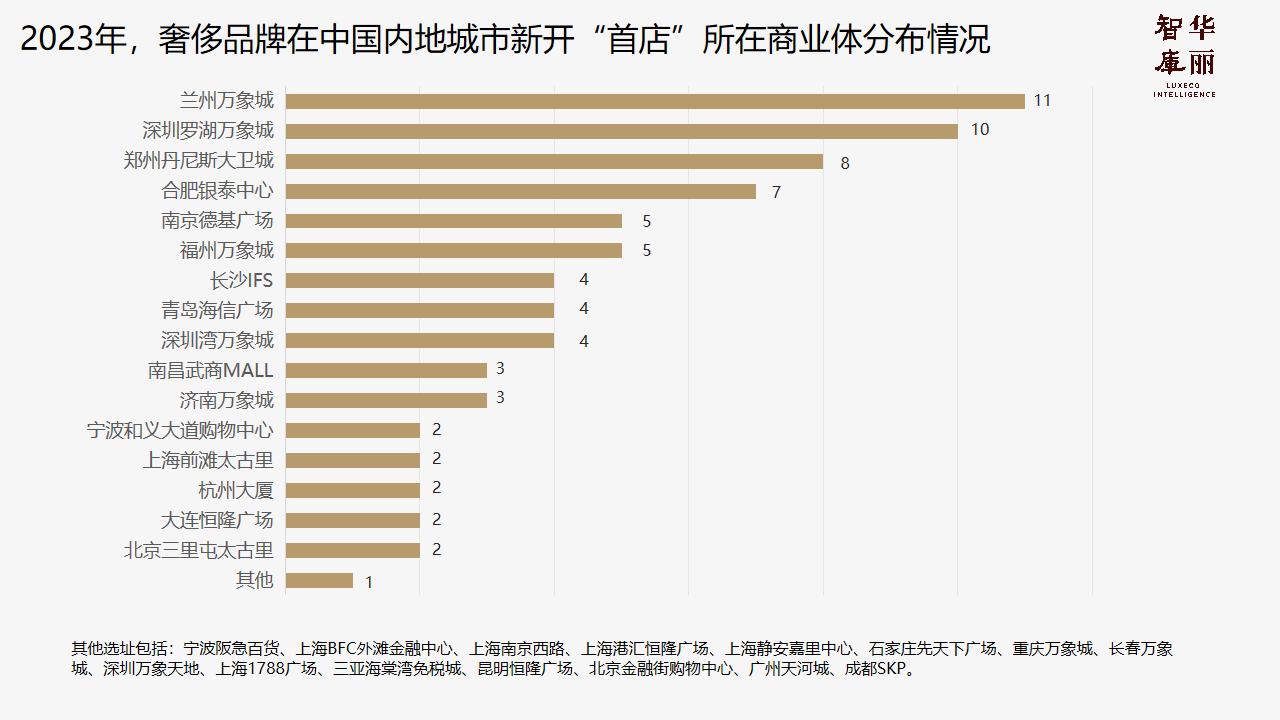
Looking at the types of “first stores,” in the past year, the most were “provincial first stores.” Twenty-seven luxury brands opened 35 “provincial first stores” in 11 provinces in mainland China.
Next were “regional first stores,” with 22 luxury brands opening 22 “regional first stores” in the South China region, Central China region, and Northwest China region.
Third were “city first stores,” with 17 luxury brands opening 21 “city first stores” in 11 cities.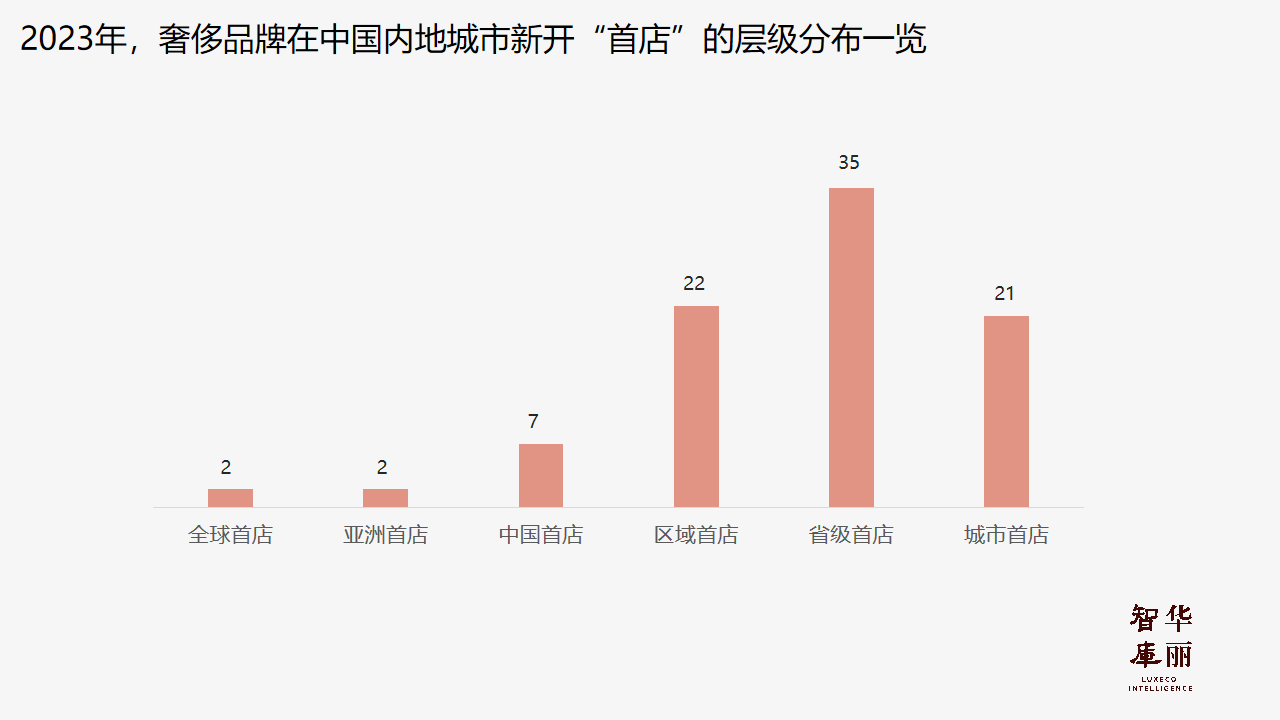
Of the 22 “regional first stores,” the South China region had the highest proportion, at 45%; followed by the Gansu-Qinghai-Ningxia region (36%), and the Central China region (18%).
Of the 35 “provincial first stores,” Anhui Province had the highest proportion, at 20%; followed by Shandong Province (17%) and Jiangsu Province (14%).
Of the 21 “city first stores,” the top three cities were Shenzhen (24%); Lanzhou and Ningbo (14%, tied for second); and Fuzhou and Dalian (9%, tied for third).

What Distinctive Features Do the “First Stores” of These Luxury Brands Have?
– Richer Store Experience
As more luxury brands venture into the lifestyle sector, they aim to offer customers a richer in-store experience. For instance, Canali, Dior, Maison Margiela, and Ralph Lauren have all included cafes in their new “first stores” opened this year, allowing customers to relax, converse, and enjoy fine dining, thereby establishing deeper emotional connections.
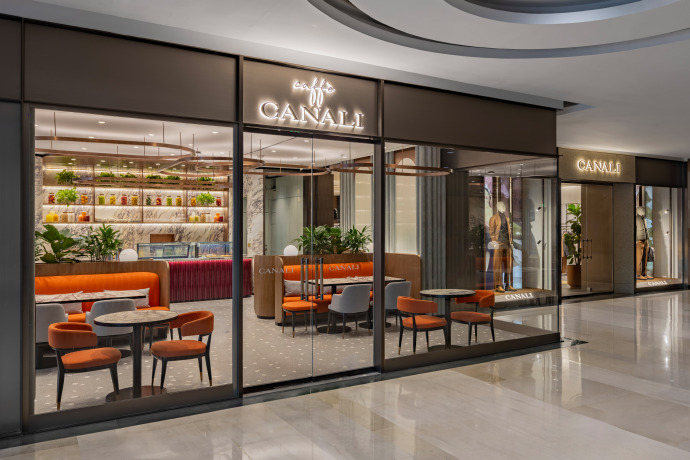
In December this year, Canali opened its flagship store at Beijing’s Financial Street Shopping Center, which includes the world’s first Caffè CANALI.

Also in December, Dior’s first café in China, CAFÉ DIOR, was launched in Shanghai’s Qiantan Taikoo Li.

In June, Maison Margiela opened its first comprehensive flagship store in Beijing’s Sanlitun Taikoo Li, which includes the world’s third Maison Margiela Café.
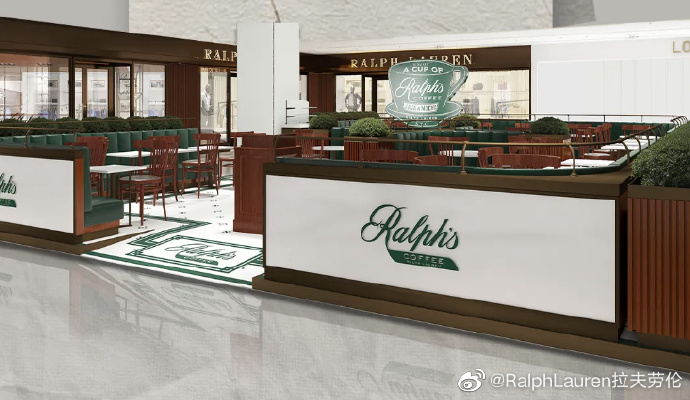
In March, Ralph Lauren’s first Ralph Lauren Home in South China opened in Shenzhen’s Luohu MixC World, featuring the first Ralph’s Coffee in China offering all-day dining.
Beyond lifestyle aspects, luxury brands like Canada Goose offer more immersive experiences through simulated environments.

The Canada Goose flagship store in Beijing’s Taikoo Li is the brand’s first “Basecamp” experience store in the Chinese market. Basecamp serves as Canada Goose’s exclusive community platform, where the store hosts various experiential activities for its community members.
Additionally, the store features a unique “Cold Room,” a low-temperature experience room equipped with environmental simulation facilities. This room is designed to replicate harsh weather conditions, providing customers with a more realistic context for choosing the appropriate level of cold-weather gear. This innovative approach helps consumers understand and experience the functionality and effectiveness of Canada Goose’s products in extreme conditions.
– More Detailed and Comprehensive Product Layout
While many boutiques typically showcase only key product categories, many luxury brands are now displaying a broader range of products in their new “first stores” to give customers a fuller understanding of the brand.
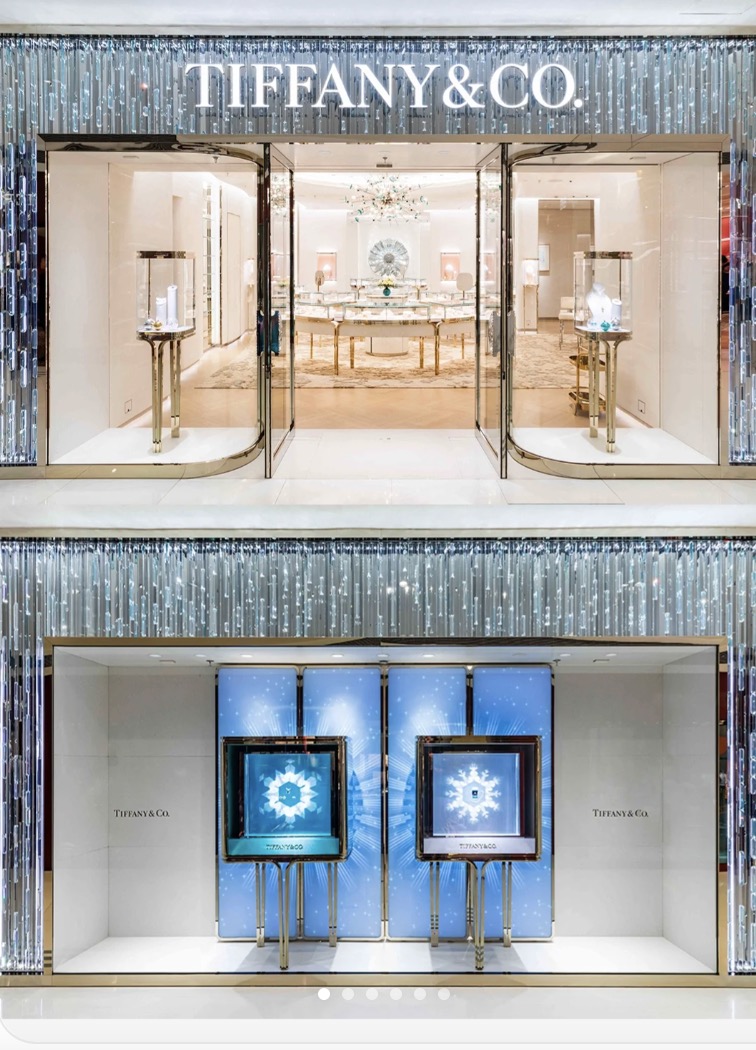
In November this year, Tiffany & Co.’s first new-concept store in China opened in Hangzhou Tower, featuring a high-jewelry section showcasing the brand’s fine jewelry pieces.

In January, Christian Louboutin opened its global flagship store in Shanghai’s Jing’an Kerry Centre, spanning 290 square meters. This is the world’s first store with a Loubi Family themed space, specifically showcasing the brand’s children’s shoes and pet accessories collection.


The Chanel store in Zhengzhou David Plaza, the brand’s first full-range store in Central China, and the Dior store in Henan, the brand’s first in the province, both display a full range of products including apparel, leather goods, footwear, and accessories.
| Photo Credit: Luxe.CO production, official Weibo accounts of the brands, and official Weibo accounts of the commercial entities
丨Reporter:Zuo Xiaoli
| Editor: Zhu Ruoyu

